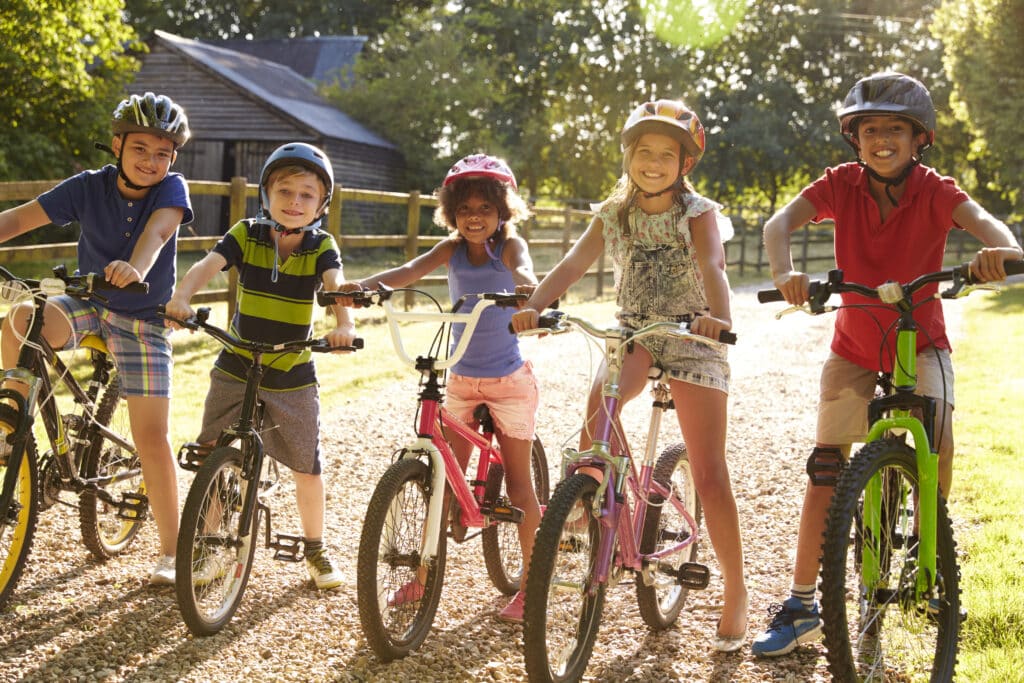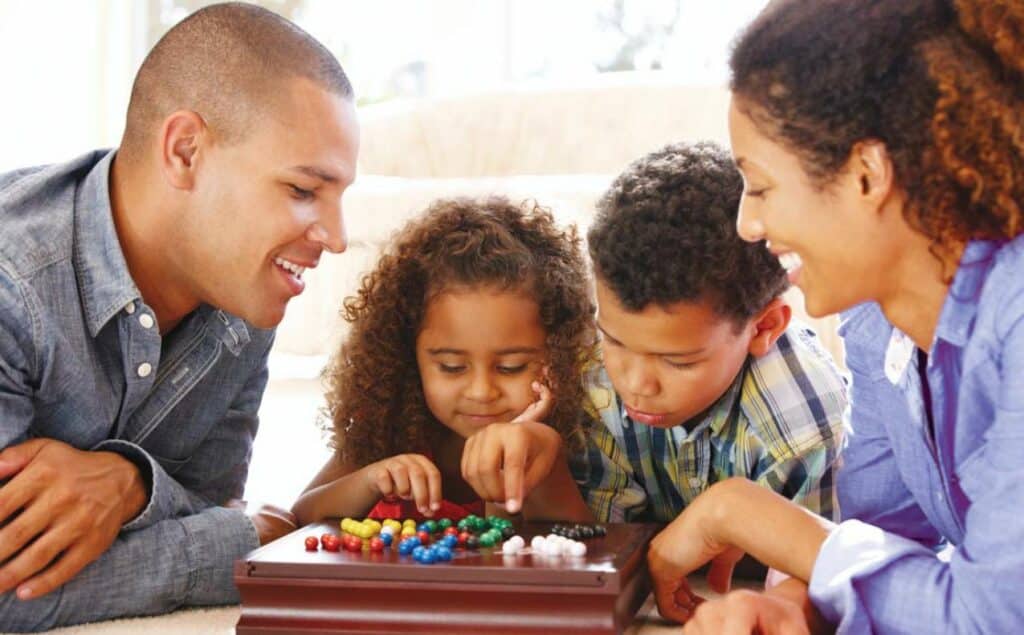Plan an Enchanting Escape to Whistler: Family Fun at the
As spring unfolds in Whistler, families have the perfect opportunity to create unforgettable memories during the Whistler Children’s Festival from May 17-19.


Last year (2020) was challenging for many families. In March, Spain along with many other countries went into lockdown. We were confined to our apartment with an almost 2-year-old. Suddenly, I needed to entertain my toddler all day whilst making sure I offered a variety of activities and physical exercise in an apartment. I drew on my experience as a primary school teacher to create play-based activities to engage my son whilst ensuring he was developing holistically.
I started an Instagram page, @simpletoddleractivities, to share some of the activities we were doing with friends and family to share activity ideas. Then, it became something to keep me sane during a challenging time. Finally, it grew into something much larger, a community of people who shared ideas and provided each other with play inspirations.
Throughout this journey, I realized parents wanted some inspiration for play-based activities to keep their toddlers busy whilst giving them the best start in life. Being a primary school teacher and parent, I wanted to use my teaching expertise to create simple activity ideas that are attainable for other parents and yet achievable for their toddlers. I try to use resources that are easily accessible, like recyclables, household items, and common craft supplies. Furthermore, I want to help reduce overconsumption that plagues many families and in turn, has negative impacts on the environment.
While harnessing the power of play you create beautiful life-long memories with your child. Having fun with your child while focussing on developing their fundamental skills, using resources you already have at home is a great place to start.
Through play, you become an active role model for your toddler. If you are not the world’s greatest crafter, scientist, and so on, it is still worth taking the time to do some projects with your kids, teaching them that you are willing to give it go. You are showing them it is okay to try something new, and potentially even fail. Play is one of the most important aspects of a child’s life, play is how they learn.
We lead such busy lives but making quality time with our children is possible. Even if you aim for two times per day, of 10 minutes each, it adds up over time.
The key to quality time is:
The key to learning ideas is variety.
A variety of activities that engage the senses, foster curiosity, and develop their interests. Think about the ‘whole child’ in terms of holistic development.
Here is an example of a craft from my book that you can try at home!

Cardboard, toilet paper roll, scissors, paint, paintbrush, clothes peg, yarn, and googly eyes. You’ll also need newspaper or other protective covering and a hole punch if you have one.
Jellyfish
Octopus
You can use these in conjunction with the summer sensory try or practice counting to eight by adding dots, stickers and or jewels to each octopus leg.
Lisa is an Australian primary school teacher living in Spain. She graduated from university in 2005 and went on to further her studies in education. She is passionate about children´s education being holistic, fun, and play-based. Lisa’s crafts and activities can be found here Simple Activities For Toddlers: A Practical Play-At-Home Handbook For Parents or follow her on Instagram, Facebook, or online.
As spring unfolds in Whistler, families have the perfect opportunity to create unforgettable memories during the Whistler Children’s Festival from May 17-19.

Safer cycling for Elementary school students throughout British Columbia after taking part in the fifth year of the Everyone Rides Grade 4-5 program. This program encourages kids throughout the province to try active transportation options in safe and organized environments. Move. Commute. Connect. is B.C.’s strategy for cleaner, more active transportation, part of the Province’s…

Spring Break still has a few days left and the weather has taken a turn. Going outside to play is not always a desirable option, although there are many rainy day activities everyone can enjoy. One of our family’s favourite rainy day, screen-free past times is playing a board or card game. Here are some…
